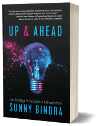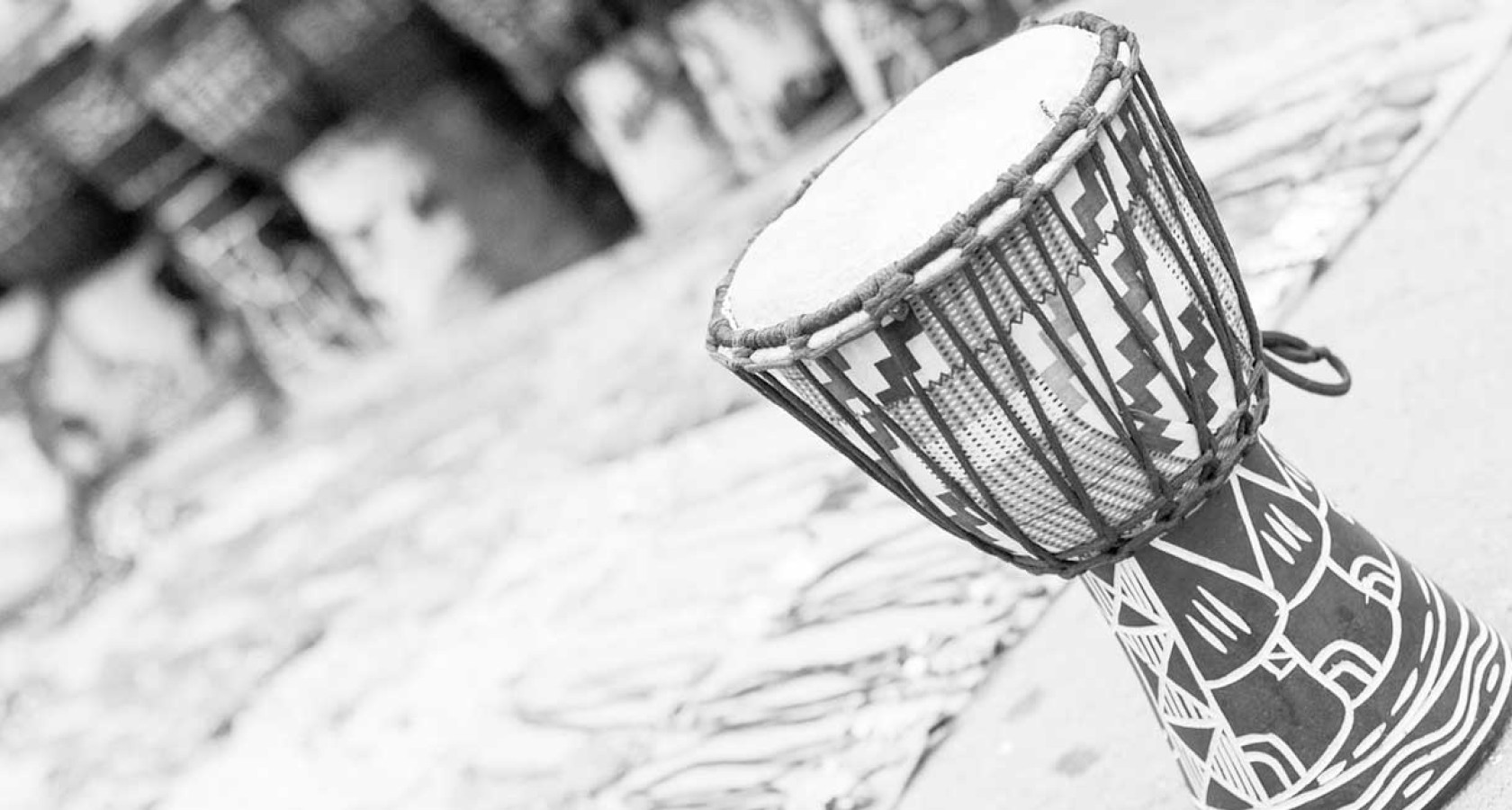Here’s how you deal with disruption: embrace it
“One year ago, my announcement that Encyclopædia Britannica would cease producing bound volumes sent ripples through the media world. Despite the vast migration of information from ink and paper to bits and screens, it seemed remarkable that a set of books published for almost a quarter of a millennium would go out of print. But in our Chicago offices this wasn’t an occasion to mourn. In fact, our employees held a party the day of the announcement, celebrating the fact that Britannica was still a growing and viable company. They ate the print set—in the form of a cake that pictured the 32-volume, 129-pound encyclopedia. They displayed 244 silver balloons—one for each year the encyclopedia had been in print. They toasted the departure of an old friend with champagne and the dawning of a new era with determination.”
JORGE CAUZ Harvard Business Review (March, 2013)
This column has been forced to document many a company that has fallen victim to disruption. On this page in the past two years we have seen an unprecedented array of giant firms being humbled by rapid changes in technology, coupled with ever-evolving customer preference. BlackBerry, Sony, Nokia, HMV, Panasonic and many other iconic names are part of the pantheon of the formerly dominant.
It is a pleasure, therefore, to find an example of a company that’s not only faced disruption, but survived it. And indeed, looks set to thrive again.
I refer to the venerable Encyclopaedia Britannica, going strong for 244 years as the most famous name in reference books. Last year, Britannica announced it was finally withdrawing the famous 32-volume leather-bound printed encyclopaedia. At the time, I wrote on this page that the transition was both necessary and inevitable.
Today, Britannica reports that it is growing on a number of fronts: revenues, margins, staff numbers, content and reach. Not bad for a company that saw the sales of its core product collapse from 100,000 in the US to just 3,000…
What can we learn from Britannica on how to deal with disruption? Let me offer four lessons for you to mull over.
First, anticipate, don’t deny. Britannica has been engaged in watchful anticipation since the 1990s. It saw the need to remove its obsolete sales method (door-to-door visits); it saw the threat posed by CD-ROMs that Microsoft’s Encarta brought into play; and it observed the astonishing success of Wikipedia, a crowdsourced model widely derided when it launched. Britannica was not asleep; it was watching.
Second, focus on your core strengths. Britannica was under assault from several fronts, most of them offering a free product. But that did not mean Britannica was finished. It saw clearly that the need for a high-quality, editorially strong, fact-checked product was not going anywhere. And it invested even more, not less, in this strength.
Third, Britannica did not simply try to match its new competitors or introduce me-too clones to fight them. It stopped and rethought its model from scratch: becoming not merely a vendor of reference books, but a multi-dimensional hub of digital learning.
Lastly, as shown in the excerpt above written by its president, Jorge Cauz, Britannica celebrated the change. It did not mourn or wail for times past; it embraced a bold new future, and made its staff feel the positivity that comes with breaking from the old and moving to the new.
I’m clapping, and wish Britannica well. In fact, reading Mr Cauz’s inspiring piece in HBR sent me looking for the company’s iPad app. There, I immediately paid Sh. 300 for monthly access to all Britannica’s resources; and I also discovered excellent multimedia apps for children, and bought those too.
Will Britannica make it in the digital age? Only time will tell. Meanwhile it’s taught us all valuable lessons about strategic change.

Buy Sunny Bindra's book
UP & AHEAD
here »















